Economic Letter
Economic Commentary January 2025
By Patrick Pascal
January 2025
U.S. ECONOMY
The U.S. economy is expected to show 2.7% growth in the 4th quarter, continuing a slow decline from the
3.0% rate of the second quarter.
U.S. employers added 256,000 new jobs in December. Retail employment rose by 43,000 jobs, healthcare
employment rose by 46,000 positions, professional and business services by 28,000, government
employment by 33,000, leisure and hospitality by 43,000 jobs, but manufacturing shed 13,000 jobs, most of
them in semiconductor and other electronic component manufacturing. Average hourly earnings rose 0.3%;
up 3.9% year-on-year.
Bond values fell sharply on this news, and market pricing indicated that investors had reduced previous
expectations of Fed easing this year. Additionally, credit card default rates have reached levels not seen since
2010.
After rising sharply following the November elections, the University of Michigan’s preliminary reading of
consumer sentiment declined somewhat to 73.2 down from a final reading of 74.0. The LSEG/Ipsos Primary
Consumer Sentiment Index also dropped 3.2 points to 54.4 in January, after hitting a more than three-year
high in December.
As the AI revolution gains momentum and is applied to more sectors, the U.S. economy should, over time,
enjoy productivity gains. These potential gains may offer the best opportunity for continued long-term
growth and fiscal health.
FIXED INCOME
The U.S. consumer price index showed inflation of 2.8% in December, up from 2.7% a month earlier, with
core inflation of 3.3% unchanged from November. A recent Reuters survey showed consumers’ one-year
inflation expectations jumped to 3.3% in January from 2.8% in December. Economists now expect the U.S.
Central Bank will keep its benchmark overnight interest rate unchanged in the 4.25%-4.50% range through
the first half of the year.
Once the Fed started cutting, short rates fell while maturities longer than one year rose. The Fed has
communicated that the more stubborn inflation readings are why they anticipate fewer cuts in 2025 than in
2024. JPMorgan’s chief U.S. economist, Michael Feroli, noted, “It would take a very bad set of jobs reports
to get the Fed easing again by March, and, so, we now see the next cut in June followed by a final one in
September”. Thus, bond yields have risen on the concerns of fewer cuts and inflation may continue to be
stubborn through 2025.
We think the time may be near to add some duration (extending into ’28 and ‘29) and lock in yield.
EQUITIES
2024 was another strong year for equities. Fueled by higher earnings, lower interest rates and the prospects
for advancements tied to AI, valuations again reached historically high valuations with the trailing 12-month
price-earnings ratio reaching over 28. The most recent strong employment and stubborn inflation data
suggests that these expectations may require some reconsideration, as the volatile market action of early
January has evidenced.
Much has been written about the narrowness of market leadership since the advent of the Magnificent Seven.
Conversely, many companies and sectors have been overlooked for some years and have reached compelling
values. Any developing correction could provide a favorable opportunity to add such companies.
The opinions expressed are for general informational purposes only and are not intended to provide specific recommendations or advice on any specific security or investment product. It is only intended to provide education about investment issues.
